Written by: Momina Mindeel
Posted on: September 23, 2016 | 
The entrance to the main square
Nankana Sahib, the capital of the Nankana Sahib District, is situated approximately 80 kilometers southwest of the city of Lahore. It is named after the first Guru of the Sikhs, Hazrat Guru Nanak, primarily because he was born here and began preaching the religion in Nankana Sahib as well. Today, the city is home to one of the most sacred pilgrimage sites for Sikhs all over the world. Gurdwara Janam Asthan is considered as a representation of the home of Guru Nanak’s parents, Mata Tripta and Baba Kalo. The huge walled compound of the Gurdwara consists of a main square, Saroor Sahib (holy water pool), Sardar Lachhman Singh’s memorial, Sikh Shaheedi, approximately 500 rooms for incoming pilgrims, an enormous dining room, and a vast sitting area for the devotees.
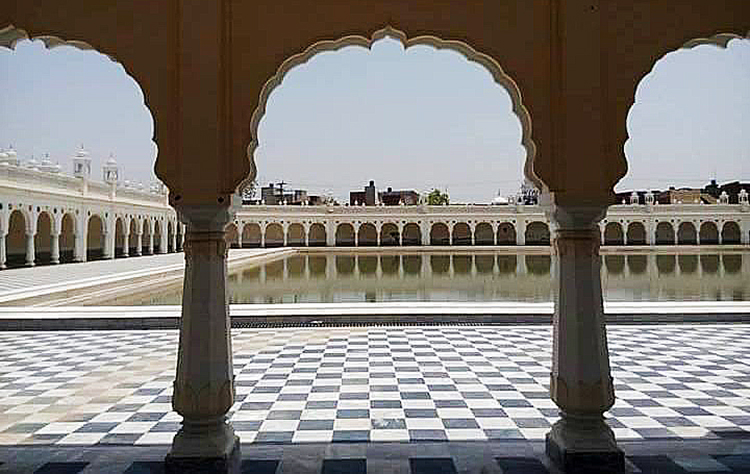
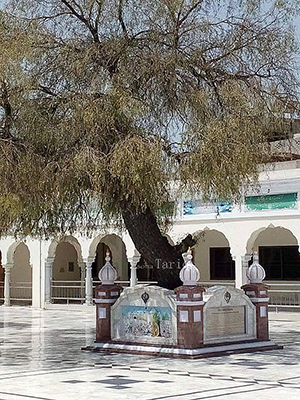
The massive, golden main square door is carved meticulously with sacred symbols and the depictions of various Sikh leaders. Inside the main square, towards the right, the memorial designed and constructed by Punjabi Sikh Sangat stands tall, with a huge tree in its centre. Its history dates back to when the British took over Punjab in 1849, after which Hindu Mahants began taking possession of the Sikh Gurdwaras. The Mahants started violating the sanctity of the Gurdwaras, which infuriated the Sikhs to such an extent that they vowed to fight and regain control of their holy places from the Hindus. On the 21st of February, 1921, Sardar Lachhman Singh, along with an army of 200 Sikhs, came to Gurdwara Janam Asthan with a sheer resolve to get it back from the Mahants. However, Naryan Das Mahant and his supporters savagely murdered the Sikhs. Sardar Lachhman Singh was tied to a tree (that now stands in the centre of the memorial), and was later burnt alive. Thanks to this historic sacrifice, Sikhs eventually succeeded in getting the Gurdwara back. Hence, the memorial holds a special place in the hearts of Sikh devotees.
One of the memorial walls bears a pictorial depiction of Sardar Lachhman Singh’s brutal murder, a constant reminder of the immense sacrifices made by Sikh leaders in order to preserve the sanctity of their holy places. A few steps ahead of the memorial, towards the centre of the main square, the glossy golden Sikh Shaheedi stands tall inside a glass room. The Shaheedi was established to honor the martyrs of the February 21 incident, whose final salutations were carried out at this very place in 1921. The entire complex harbors around 500 rooms where Sikhs from all over the world come and stay during the Guru Nanak Gurpurab (Guru Nanak’s birthday celebrations). The celebrations normally last for three days, accompanied by the lighting of candles and fireworks. Sikhs from all over the world visit Pakistan to pay their respects.
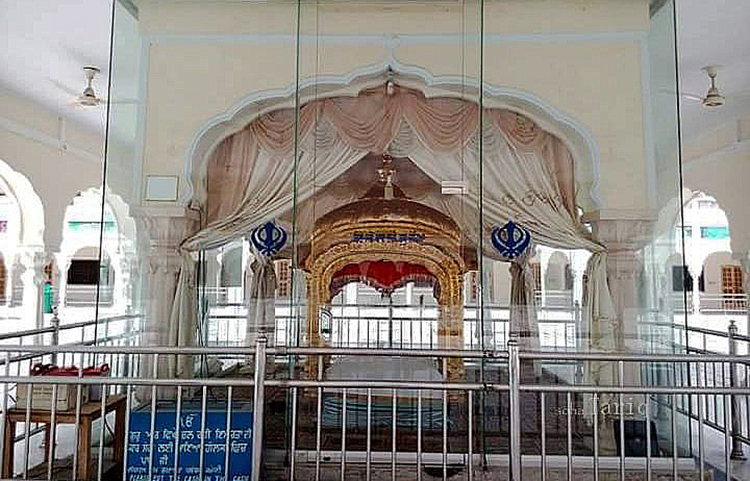
As soon as you exit the main square, turn right and walk straight for a while until you reach the Saroor Sahib (holy water pool). Towards its right, the holy water reservoir has a separate covered area for women as well. In order to preserve the sanctity of the place, shoes are not allowed inside Saroor Sahib. Moving further ahead, the gigantic dining room stands opposite the main square. Food is served free of cost to the Sikh pilgrims who sit on the bare floor, and wash their own utensils after eating. The place is an epitome of modesty. Cool water taps are installed at several locations throughout the complex, seeing as Nanakana Sahib is located towards the southwest of Lahore, one of the hottest regions in the country.
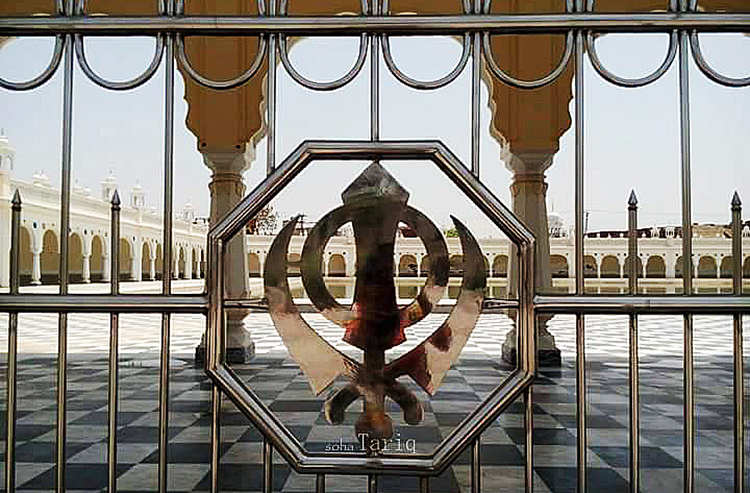
Before entering the main complex, it is essential for visitors to take off their shoes, along with the socks, and wash their feet while entering the main square gates. Both males and females are required to cover their heads and avoid disturbing those who are worshipping. Ahead of the main square, in one of the bigger rooms, the Sikhs’ Holy Book is kept, tucked neatly under the many layers of clean sheets on a well-kept bed. The room is adorned with flowers and decorative ribbons, and is always kept cool. Sikh devotees come, circumambulate the bed as an act of worship, pray fervently, and donate according to their resources.
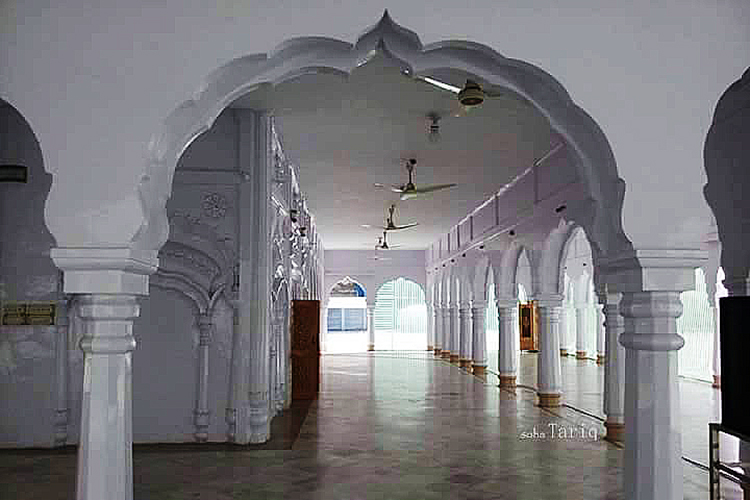
Although the front portion of the Gurdwara has been re-constructed recently, the rest of the compound is still in perfect shape, despite being hundreds of years old. Gurdwara Janam Asthan is an embodiment of modesty and reserve that ought to be venerated not merely by Sikhs, but people of all faiths.
All images have been provided by Soha Tariq.
You may also like: